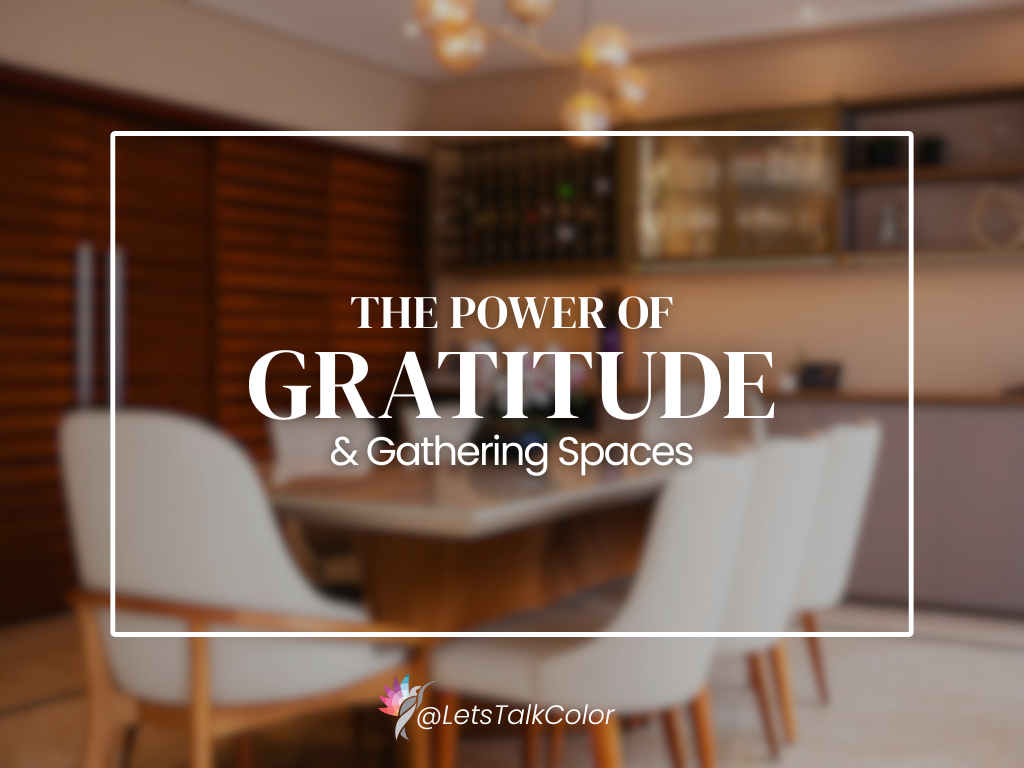In today’s fast-paced, technology-driven world, our connection to nature often takes a back seat in our daily lives. We spend the majority of our time indoors, whether it’s in our homes or offices. This disconnects from the natural world can have a significant impact on our mental health and overall well-being.
What is Biophilic Design?
Biophilic design is an innovative approach to architecture and interior design that incorporates natural elements and principles into our built environment. The term “biophilia” was coined by biologist E.O. Wilson, referring to the innate human inclination to connect with nature and other forms of life. Biophilic design aims to satisfy this inherent need by infusing spaces with nature-inspired elements, such as natural materials, light, vegetation, and natural patterns.
The Power of GREEN
The color green affects our NERVOUS SYSTEMS. Michelle Lewis writes in her book that ” Green is a very reassuring color on a primary level. The color itself equals LIFE, so it is usually perceived as restful and harmonious.” It is often recommended to reduce eye fatigue.
The Impact on Mental Health and Wellness
- Stress Reduction: The incorporation of nature into interior spaces has been shown to reduce stress levels. Natural elements like indoor plants, water features, and natural light create a calming atmosphere, helping to lower stress and anxiety.
- Enhanced Productivity: In office settings, biophilic design can lead to increased productivity. Workers in spaces with access to natural elements have reported higher job satisfaction, improved focus, and reduced absenteeism.
- Improved Mood: Natural materials, textures, and colors in interior design can positively affect our mood. The soothing colors of nature, like greens and blues, can promote relaxation and positivity.
- Connection to the Outdoors: Biophilic design fosters a sense of connection to the outdoors, even when inside. Large windows, views of nature, and open-air spaces can help occupants feel more connected to the natural world, reducing feelings of confinement.

Biophilic Design Elements for Homes and Offices
- Indoor Plants: Incorporate potted plants and green walls into interior spaces. They not only purify the air but also add a touch of nature to the décor.
- Natural Light: Maximize natural light by using large windows and skylights. This not only reduces the need for artificial lighting but also enhances the connection to the outdoors.
- Natural Materials: Use materials like wood, stone, and bamboo for flooring, furniture, and finishes. These materials bring a sense of warmth and authenticity to spaces.
- Water Features: Consider adding indoor water features like fountains or aquariums. The sound of flowing water can be incredibly calming.
- Natural Patterns: Incorporate natural patterns and textures in textiles, wallpapers, and artwork. This can create a harmonious and visually appealing environment.
- Flexible Spaces: Design spaces that can adapt to different activities and moods. This flexibility allows occupants to choose settings that best suit their needs.
The Amazon Spheres, Seattle
Large Companies such as Amazon have realized the effectiveness of nature as a stress-reducing factor. In Seattle, Amazon’s unique office space features an indoor rainforest with thousands of plants. It offers employees a lush, biophilic environment to work in, promoting both well-being and creativity.

The Biophilic Apartment, Singapore
In recent years there has been a rise in biophilic structures around the world, but Singapore has always been known as a “city in a garden”. A residential apartment designed with biophilic principles, featuring living walls, natural materials, and abundant natural light, offers residents a serene and inviting living space.

Biophilic design isn’t just a passing trend; it’s a powerful tool for enhancing mental health and wellness in homes and offices. By bringing elements of nature into our interior spaces, we can reduce stress, improve mood, and increase productivity.
In a world where urbanization and technology often separate us from nature, biophilic design provides a way to reconnect with the natural world, promoting a happier, healthier, and more balanced life.
So, whether you’re designing a new office space or renovating your home, consider embracing the principles of biophilic design to create spaces that nurture your well-being.








One Response
This is a very useful blog post. Thank you, Max for the insights.